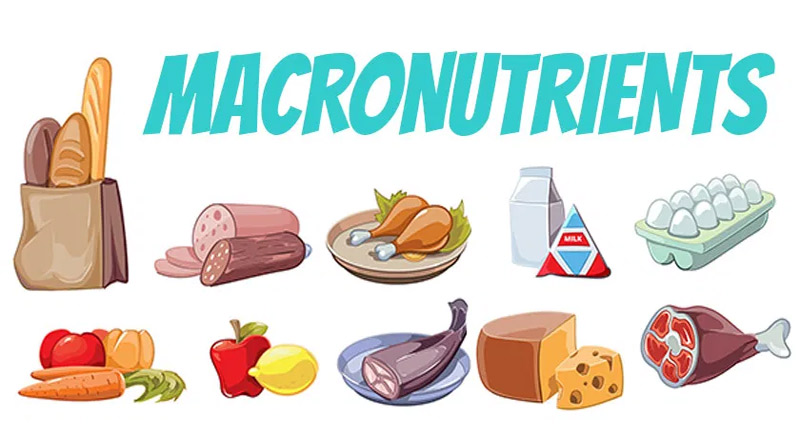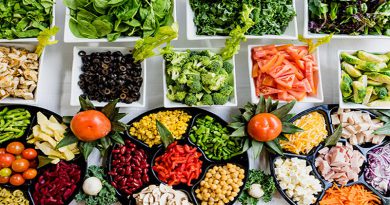Food and macronutrient combinations that support weight loss Programs
There are thousands of suggestions on how to lose weight using dietary interventions, but how many of those are based on the evidence? Scandinavian researchers undertook a systematic review of the literature published since 2000 to understand what types of food actually predict changes in waist circumference and weight.
To inform the study, two central research questions were developed. Those questions were:
What is the effect of different dietary macronutrient composition on long-term (greater than or equal to 1 year) change in weight, waist circumference or body fat in an adult population?
What is the effect of different dietary macronutrient composition on long-term change in weight, waist circumference or body fat in individuals who have reduced their weight by at least 5%?
For this review, dietary macronutrient composition was defined as:
Combinations of carbohydrates, fat and protein.
Different sources of fat e.g. saturated, monounsaturated or polyunsaturated fatty acids.
Sugar intake, and Fiber intake.
After commencing the literature search, the authors discovered additional research on particular food items and groups (for example, fruit, wholegrain cereals, vegetables) and also particular dietary approaches (such as the Mediterranean diet). Those studies were also included in the review.
119 papers were identified as potentially relevant to the review, and those papers were then graded for quality (A, B or C). A-graded papers were high quality studies, with low potential for bias; B-graded papers may have included some bias (but it was not considered to have affected the results). C-graded papers contained significant bias that may have affected the results, and were not included in further evaluation.
43 remaining papers, graded as either A or B were then assessed, and the results from those studies classified as either convincing, probable, suggestive, or no conclusion.
The result of this systematic review found the following dietary factors were associated with prevention of weight gain , reduced waist circumference, or increased weight gain/waist circumference. The strength of the evidence for each finding is listed in brackets.
Foods that support prevention of weight gain and reduced waist circumference
Fiber: Evidence suggested that higher intake of fiber was associated with prevention of weight gain (probable) as well as reduced waist circumference (suggestive)
It was also found that cereal fiber was associated with prevention of weight gain (suggestive)
Nuts: Researchers found that nut consumption was associated with prevention of weight gain (probable)
Whole grains: Consumption of whole grains was positive associated with prevention of weight gain (suggestive)
Fruit: Fruit was associated with reduction of waist circumference (suggestive)
High fat, and whole fat dairy: Eating high fat, and whole fat dairy was positively associated with prevention of weight gain (suggestive)
Dietary patterns: Eating a healthy or prudent diet was found to be positively associated with prevention of weight gain (suggestive)
Foods that are linked to weight gain and increased waist circumference
Energy dense foods: Eating energy density foods was positively associated with increased waist circumference (suggestive)
Meat: Consumption of meat in general was associated with increased weight gain (probable)
Refined grains: Refined grains were linked to increased weight gain (suggestive)
Refined white bread: Refined white bread was associated with increased waist circumference (suggestive)
Sweets and desserts: Eating sweets and desserts was associated with increased weight gain (suggestive)
After reviewing the evidence, the researchers found that weight loss was more strongly correlated with food and dietary patterns than with diets following particular macronutrient combinations.
Overall, it appears that there is no relationship between particular macronutrients in the diet and the prevention of obesity. Eating plenty of fibre-rich foods , full-fat dairy products, and nuts, and reducing intake of meat and sugar-rich foods were associated with lower levels of weight gain.
P.S.Flat Belly Fix
The program focused on fat burning regimes, military-style, and muscle-building. This comprehensive guide helps both men and women to lose weight in just 21 days. There are special approach and strategic policy based on weight loss, diet and exercise. The Flat Belly fix is targeting weight loss regime that combines nutrition and fitness to assist you achieve your goals.




